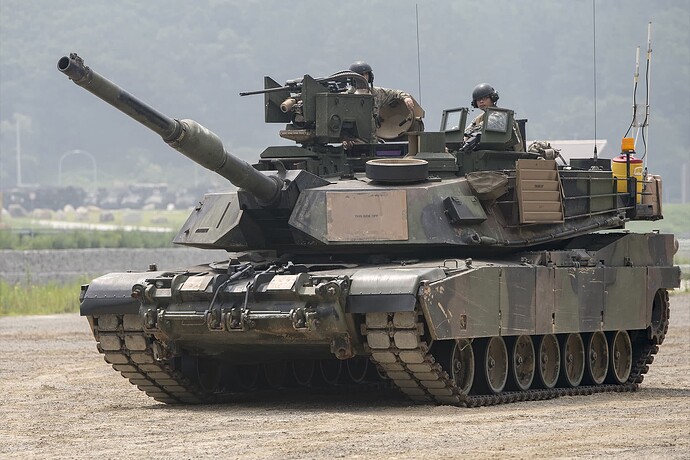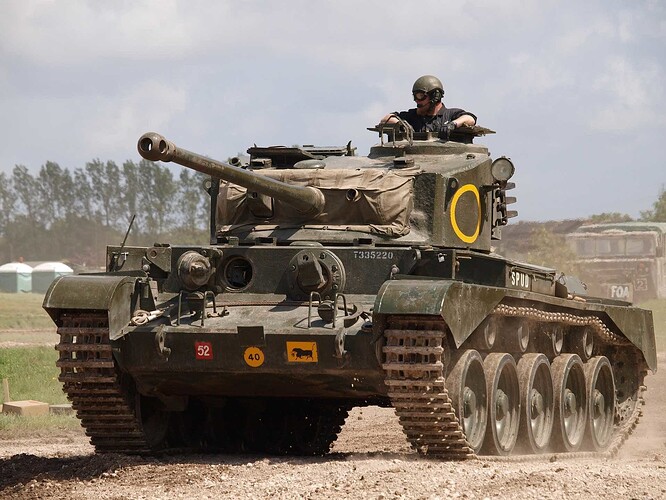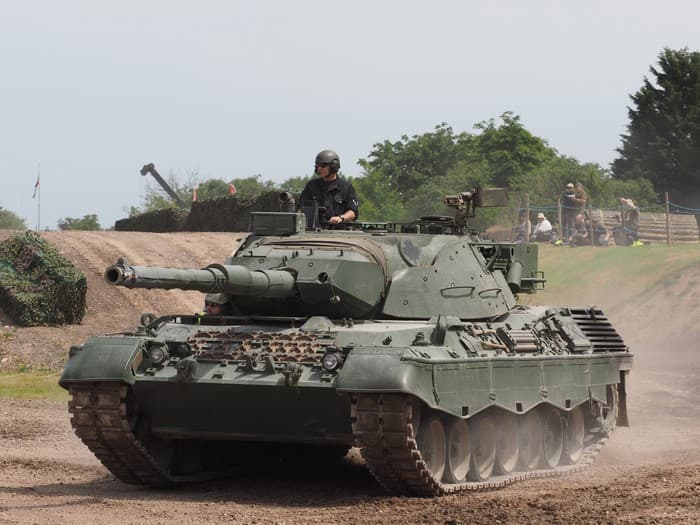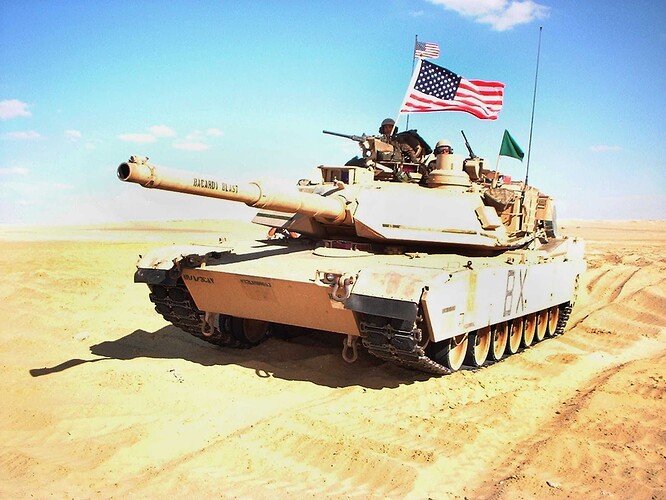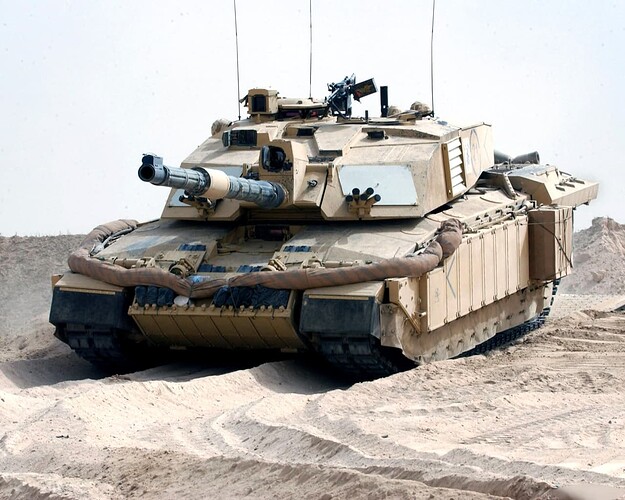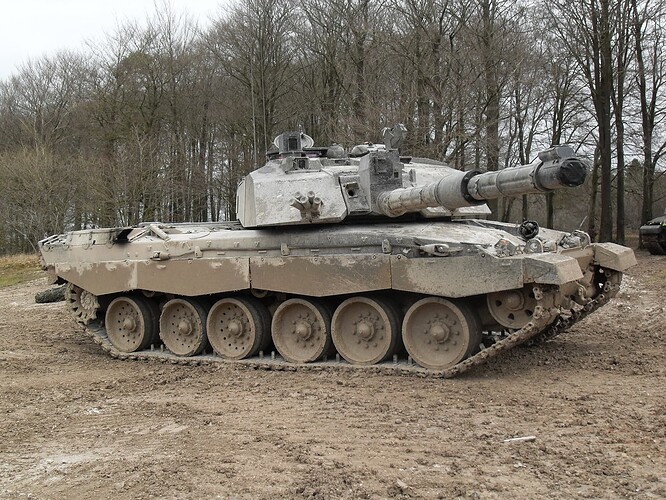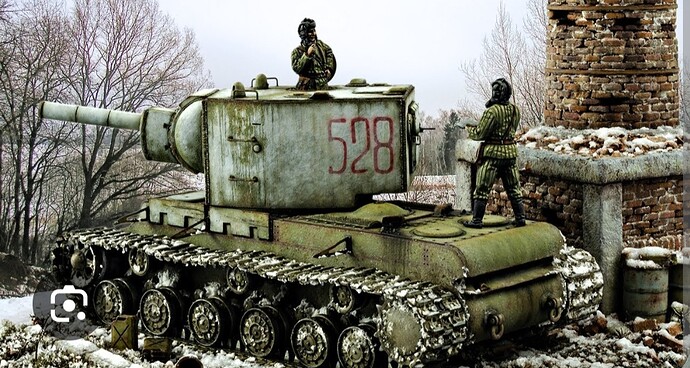I’m sure I’m in the minority here. To me the building and painting is the best part. I tend to dread it no matter how many times I try. Any thoughts or suggestions would be greatly appreciated.
How do you go about your weathering? Do you use oils? Acrylics? Pigments? Need more info.
Me Too brother!
I use MiG enamels, pigments, splashes, muds etc
I don’t think you would be in a minority there. It’s something I will look forward to on one build and dread on the next! I’ve heard plenty of modellers complain about it too- for various reasons.
You don’t have to weather a model- in the end the choice is yours. Personally I tend to hate weathering anything with tracks more than wheeled stuff. I enjoy it sometimes too though!
I will build car models also, which I do with nice, clean shiny finishes- a welcome change to breaking out the oils and pigments. Planes are nice too- I just do some basic washes on those.
Changing the weathering medium can help too- there is lots of choice now between enamel, oil and acrylic products.
Of course you can also choose a subject that needs a lot less weathering- like a Hummer that’s only used on base for example or a tank newly arrived to a unit.
I tend to stop at the ‘museum restored’ state so they show some wear but aren’t overly dirty – they just look like they’re sitting in a garage waiting. However, if I feel inspired I might weather a specific vehicle to put on a base; I include winter whitewash in that category.
Torsten’s excellent aircraft builds have me appreciating the clean look recently.
Weathering,UGH! But I determined a start that has worked given the weather here in Texas the last two weeks.They sit, three lonely Soft skins Under protection from theft, but exposed fully to the rain and mud splatters from the roof gutters. Locked in with craft clear and then finished. I found hiding them in the landlady’s garden gets me a good layer of natural fine dust as well. Footprints from the crews and occupants, clearcoat and then finish out!
I’m not into the weathering much I usually go for the parked in the motor pool look. Pin wash and a little dust. I also emplace little mistakes and paint defects to give it a more “authentic” look. Mind you this is just my opinion.
Which ever kind of paint you use for the basic colors and for your gloss coat, use the opposite for your initial wash.I use Tamiya acrylics so I use an artist oil dark wash. Oil washes are very forgiving as they dry slowly giving you plenty of time to work them. Depending on the consistency of the wash I will let it dry for 2-3 hours before using a Q-tip or slightly damp brush to remove most of the wash. Removing more here and less there you can work in some streaks. A general rule when weathering is less is more. You can always add more but it’s harder to go back to less. After the initial wash has been worked I will apply a pinwash around raised detail such as bolts. Once the oils are dry, at least 48 hours, I finish with very light dry brushing. The final step in the process is to add dust using the AB and pigments. Like everything thing else there is a lot of trial and error before you find a process that you are comfortable with and works for you.
Try a light weathering. It is acceptable in most conditions.
Something like this.
All of these are lightly weathered, some hardly at all. Try working with some ground pastell chalk and a cheap brush. Brush some on and smear it around with the brush. Nothing drastic. Just some dust on the lower areas. use some photo’s as a guide.
Would you say use oils for the AK lacquer acrylics or just for Tamiya-style acrylics? I have loads of each but tend to use the AKs for my military kits and Tamiya on my cars and SF/Fantasy stuff, so the weathering lands on the AK mostly. AK and Tamiya are one of those same/not same paints where not all my weathering products affect them similarly even though I thin and apply them the same.
Yes; this at the very least can make a big difference. I have a few that I have merely applied a touch of ‘road dust’ as you suggest. Even a freshly cleaned vehicle is going to accumulate dust if it travels more than several minutes afterwards. Tell people admiring your display that your kits represent vehicles that just got back from being exhibited at Tank Fest or an air show. 99% of your guests will believe you more than likely.
I bought those big sets of chalks (the non-oil based I think) and grind a mix of appropriate colors. I also bought a few large spice jar-sized containers of burnt umber, raw sienna, yellow ochre, and Mars black pigments from an art supply shop in Manhattan years ago for about a quarter the price LHS brands charge. I mean, art can be a hobby and they have little shops at times so buying weathering products there instead of a HobbyTown USA is fine imho.
Unfortunately I don’t use AK products. Perhaps someone who uses them will chime in.
Well, you are one step ahead of me. I love the build step, loathe everything after that. I have way to many started projects that have stalled in the paint area. I actually don’t mind weathering, if/when I get there. I am forcing myself to finish the Obj. 279 project before I do anything else. It has been painted! Working on the masks now then weathering and base work.
I’m with you Brian!
As my learned friends have said in so many words, do what makes you happy & screw the audience.
But you did ask for thoughts/suggestions so…
If you hate weathering but feel it’s necessary, how about making a dirty bath of mud using real earth, old (acrylic) paints, chalk dust etc all of generally muddy colours. Stir as required with water to a gravy-like consistency. Dip an AFV (that isn’t a favourite, just in case) into the bath at least up to the hull decking & splash some over the turret too (if there is one) with a big brush.
Remove & wait until semi-dry, then attack it with a stiff wet brush to streak it in generally vertical stokes – keep washing the brush between sections. Remove maybe 75% of the dirt, most sparingly on wheels & tracks.
Return the next day & decide whether your work’s done, or fix it with a flat varnish & mix a lighter and/or darker brew to repeat process.
So the idea is that it’s a removal process rather than an adding process, which for some might be easier to achieve.
@Darren , lot of excellent comments and thoughts have been made.
What style weathering do you like on models?
-
Similar to Adam Wilder’s KV-1?
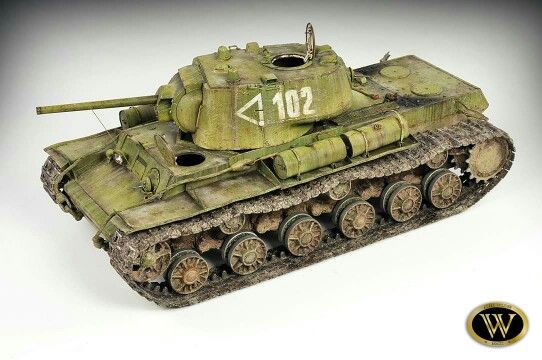
-
Nightshift aka Martin Kovac?
-
Other example?
If we know where your wanting to go weathering wise it will probably help with better suggestions.
I always liked Verliden’s style (washes & drybrushing plus a little pigment/chalk dust) for instance.
As an aside, I’ve stopped calling the process of painting a model to look more interesting ‘weathering’ and started calling it ‘effects painting’ because most of the effects I am trying to simulate using paint were not caused by weather on the real thing.
Effects painting encompasses dozens of painting techniques. Pick one and get good at it. Pick another and get good at it. Use multiple effects painting techniques on a model and see what happens. Eventually, with enough practice, trial, and error, you may get where you want to go. If not, find a model you really like, figure out what effect painting techniques the artist used, and use those very same techniques on your models until you get the balance right.
Models will get borked along the way. No master artist painted a masterpiece right out the gate. A typical apprenticeship period for a master artisan of any kind was 10 years, and those apprentices plied their craft as a full time job the entire time.
I get it. I am in the same boat. My work is never good enough. It is frustrating as all get out to paint model after model and achieve nothing but disappointing results. The only way to get past that is to become a master painter, and that takes a lot of learning and practice.
Kinda hate writing a ‘git gud’ response because they always feel mean spirited but learning and practice are absolute requirements for excellence. For a person like myself without inherent talent for the art, even more dedication is required.
On the learning front, there are hundreds of books and thousands of videos that attempt to teach these techniques. In my experience, the first book or video rarely works. Sometimes, I look at many videos before finding the critical piece of information I need. Sometimes, I never find the critical piece of information and need to puzzle it out for myself.
In my opinion, most people who try to teach these techniques fail because they over load the person trying to learn with too much stuff, too many variables, at once. Those are no good at all. That is why I recommend mastering one or two techniques at a time. Keep the number of variables in play low. That way, when something goes right or wrong, you will know exactly what happened.
Good luck. You are walking a really difficult road. Chin up and keep at it.
